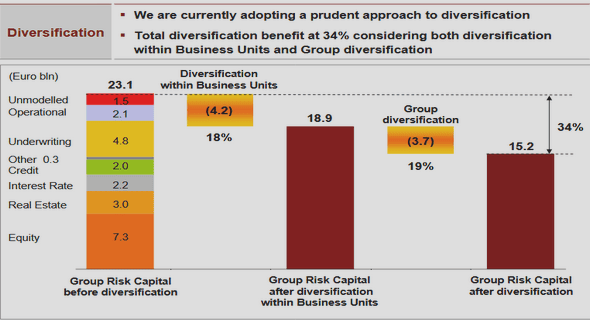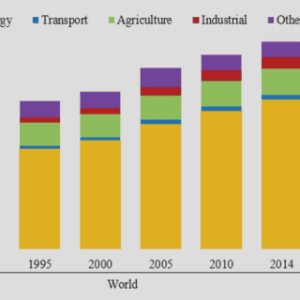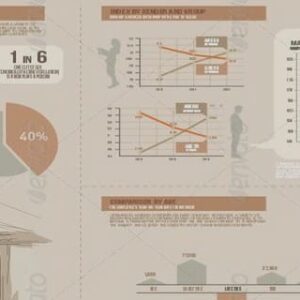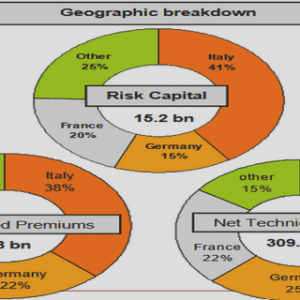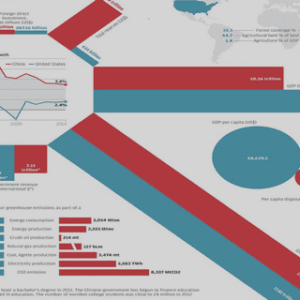(Downloads - 0)
For more info about our services contact : help@bestpfe.com
Table of contents
GENERAL INTRODUCTION
1. CONTEXT AND AMBITION OF THE DISSERTATION
1.1. Growing initiatives for encouraging the strategic use of public procurement for innovation
1.2. Growing academic interest in public procurement of innovation
2. POSITIONING OUR RESEARCH QUESTIONS
2.1. Definition of Public Procurement of Innovation
2.2. Building a unified typology of PPI: innovation failures to remedy and contribution to grand challenges
2.3. Explaining the role of PPI in market formation
2.4. Exploring public procurer-supplier collaboration
3. OUR THEORETICAL BACKGROUND: FAILURES – DESIGN – PRACTICE
3.1. Justifying the use of public procurement for innovation: Failures
3.2. Choice of policy instruments and modalities of implementation: Design
3.3. Rolling out instruments for public procurer-supplier collaboration and PPI: Practices
4. METHODOLOGY FOR ANSWERING OUR RESEARCH QUESTIONS
5. A THREE-ESSAY DISSERTATION
5.1. Overall outline of the dissertation
5.2. Chapter 1 – Public procurement of innovation: A review of rationales, designs and contributions to grand challenges
5.3. Chapter 2 – The role of public procurement in the formation of markets for innovation: an evolutionary perspective
5.4. Chapter 3 – Collaborative development of innovations though early supplier involvement in public procurement procedures
CHAPTER 1. PUBLIC PROCUREMENT OF INNOVATION: A REVIEW OF RATIONALES, DESIGNS AND CONTRIBUTIONS TO GRAND CHALLENGES
1. INTRODUCTION
2. CHALLENGE-DRIVEN INNOVATION POLICIES
3. TYPOLOGY BUILDING METHODOLOGY: A TWO STAGE LITERATURE REVIEW
4. POLICY RATIONALES FOR PPI FROM A CHALLENGE-ORIENTED PERSPECTIVE: TOWARDS AN ANALYTICAL FRAMEWORK .
4.1. Demand-side failures
4.2. Supply-side failures
4.3. User-producer interaction failures
4.4. A failure-based analytical framework
5. PPI RATIONALE AND DESIGN
5.1. Consequences of demand-side failures
5.2. Consequences of supply-side failures
5.3. Consequences of user-producer interactions failures
6. CONCLUSION
CHAPTER 2. THE ROLE OF PUBLIC PROCUREMENT IN THE FORMATION OF MARKETS FOR INNOVATION: AN EVOLUTIONARY PERSPECTIVE
1. INTRODUCTION
2. EVOLUTIONARY FORMATION OF MARKETS FOR INNOVATION
3. RESEARCH METHODOLOGY: ANALYSIS OF SECONDARY CASE STUDIES
4. INFLUENCE OF PPI IN THE EVOLUTIONARY DYNAMICS OF MARKET FORMATION
4.1. Origination (stage 1 of market formation)
4.2. Adoption (stage 2 in market formation)
4.3. Retention (stage 3 in market formation)
5. DISCUSSION AND CONCLUSION
CHAPTER 3. COLLABORATIVE DEVELOPMENT OF INNOVATIONS THOUGH EARLY SUPPLIER INVOLVEMENT IN PUBLIC PROCUREMENT PROCEDURES
1. INTRODUCTION
2. DEFINING PROCURER-SUPPLIER COLLABORATION FAILURES: THEORETICAL BACKGROUND
2.1. Main obstacles to innovation in public procurement
2.2. Procedures of public procurement of innovation
2.3. Procurer-supplier collaboration failures: theoretical insights from early supplier involvement approaches
3. METHODOLOGY: QUALITATIVE INTERVIEWS
4. PROCURER-SUPPLIER COLLABORATION FAILURES
4.1. Categories of collaboration failures
4.2. Comparison of collaboration failures affecting the standard PPI procedure and competitive dialogue
4.3. Diverging perceptions of collaboration failures between procurers and suppliers
4.4. Additional procedures and strategies for the collaborative development of innovations via public procurement
5. DISCUSSION
5.1. Interpretation of the PPI rules by public procurers and suppliers as a source of failures
5.2. Shedding light on the willingness to collaborate and varying forms of trust building in public procurement
6. CONCLUSION
GENERAL CONCLUSION
REFERENCES
